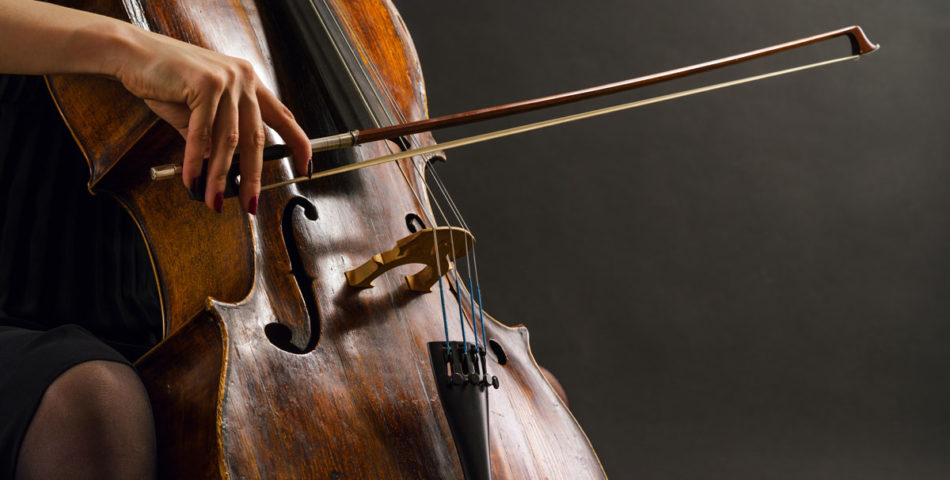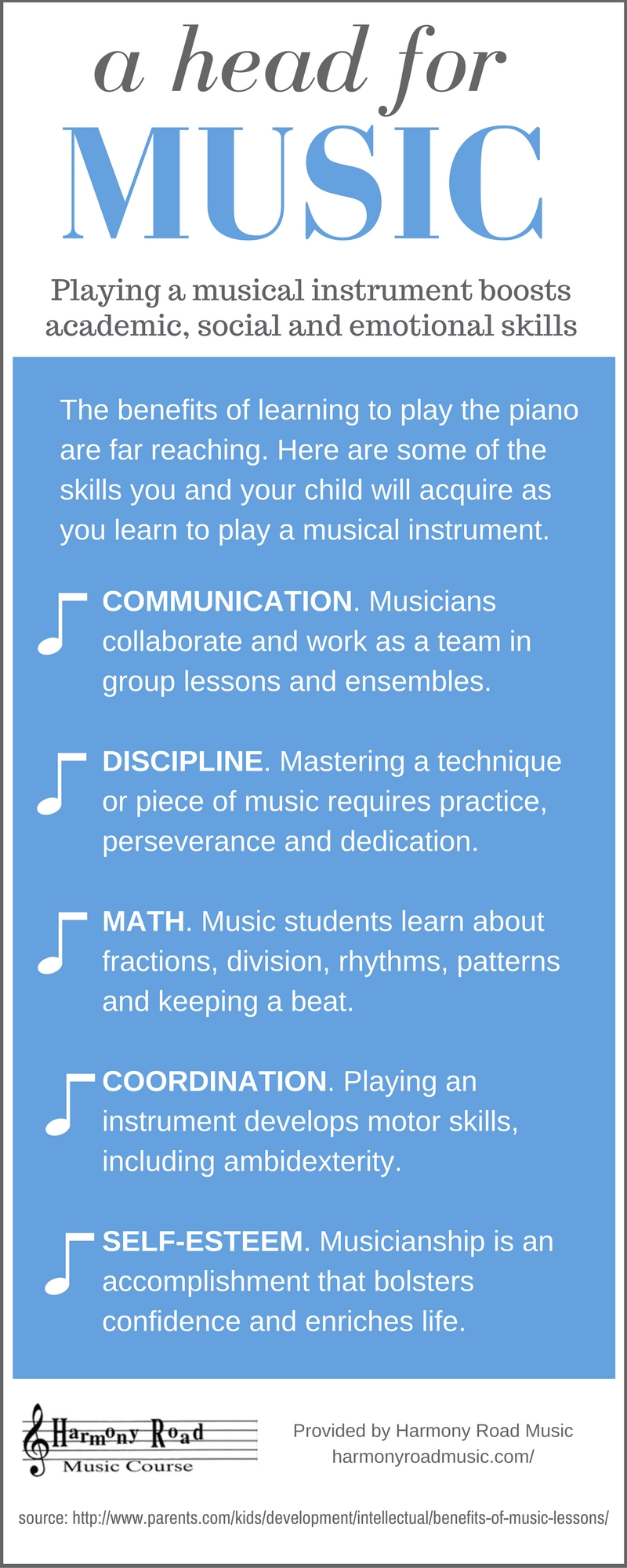Help Your Child Choose a Musical Instrument

 Learning to play a musical instrument brings children joy and enhances their intellectual, emotional and social development. What instrument should your child learn? Base the choice of an instrument on preference, availability, the child’s age and access to teachers.
Learning to play a musical instrument brings children joy and enhances their intellectual, emotional and social development. What instrument should your child learn? Base the choice of an instrument on preference, availability, the child’s age and access to teachers.
Babies obviously can’t play an instrument, and you should never pressure a child into music lessons. That said, it’s never too early for a child to start musical explorations.
Infants and toddlers naturally experiment with rhythm and melody. They sing, dance and drum. Tiny tots need little more than an opportunity to make music using just their voices and bodies.
When the time is right, enroll your child in music lessons. Harmony Road has beginning music classes designed for a variety of ages, from toddler to adult. Kids in our classes learn in groups, with parents in attendance.
Our classes emphasize musicianship, ear training and solfege singing. As children progress through our classes, they become adept at playing a keyboard. Because our program develops well-rounded people and musicians, it lays the groundwork for students who want to learn other instruments.
Help Your Child Choose a Musical Instrument
Some children show an interest in a particular instrument. Others may experiment, dabbling first with one thing and then another. Ultimately, you may want to buy an instrument for your child, but to start out, it’s often a good idea to rent.
When guiding your child, consider your student’s age, size and lifestyle. For example, small children can play the piano, but a double bass would be too big to handle. If you live in an apartment building, neighbors will not be amused with a daily drum practice session.
Every instrument requires consistent practice, but some instruments may be more difficult to master than others. If your child is joining a school band or orchestra, speak with the director for guidance.
Here’s a rundown of the instruments often available to children at school and elsewhere:
- Piano – Learning piano is ideal for developing musical understanding, and can be helpful when learning another instrument. Of course, the piano is a beautiful instrument to learn for it’s own sake. The Harmony Road curriculum develops keyboard skills. Students develop technique, a repertoire, skill accompanying others and playing in an ensemble.
- Guitar – Acoustic and electric guitar are popular instruments. Like the piano, the guitar is versatile. Guitarists play solos, accompany singers and play in groups.
- Clarinet – Many beginners start by playing clarinets in a school band. Some people move from clarinet to another wind instrument such as oboe or bassoon.
- Flute – The flute is popular with beginners. Often the most difficult part of learning flute is making the first tone. Flutists sometimes switch to playing piccolo.
- Alto saxophone – The alto saxophone is a good size for kids and adults. Other sizes are available, including the smaller soprano and larger tenor and baritone.
- Trumpet – This brass instrument is suited for beginning band students.
- Trombone – Trombones use a slide rather than valves. Players need to have or develop a good sense of pitch.
- French horn – Because it’s considered a difficult instrument, most students graduate from another instrument before taking up the French horn.
- Percussion – Percussionists play many different instruments: all kinds of drums, cymbals, triangles and more. Even the piano may be played in a percussive way.
- Violin – Violins aren’t easy to play, but they’re popular. Violins come in small sizes right for kids. More than other instruments in an orchestra, violinist have the opportunity to play solos.
- Viola – An instrument in the violin family, the viola is a little bigger than a violin and is tuned lower. The viola has a beautiful, rich tone, but fewer opportunities for solos.
- Cello – The cello is bigger than viola and smaller than a double bass. The cello has full rich sound, and comes in smaller sizes that a child can handle.
- Double bass – This is the biggest instrument in the violin family. Kids need to have reached a certain stature before they can handle a double bass. Bass players play in orchestras and jazz bands.
Harmony Road’s curriculum develops well-rounded musicians and pianists. Our courses are a great basis for a lifetime of musical enjoyment. Please contact us for information about our curriculum. Find a Harmony Road teacher near you.
